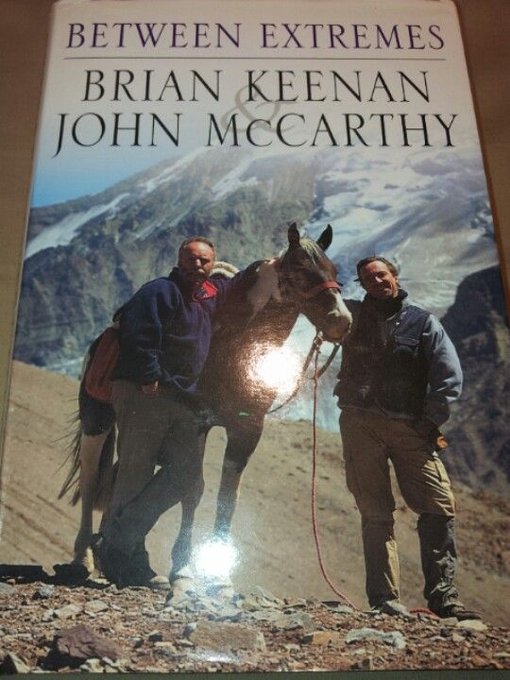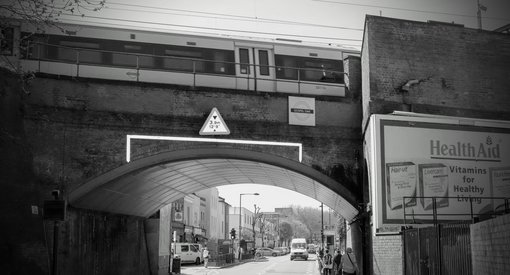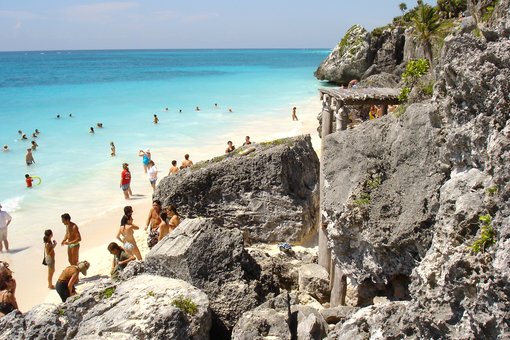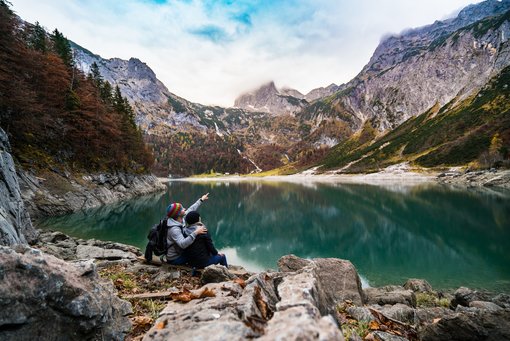I am by no means a professional photographer and am still learning every day but in no real particular order, these are the tips that I've picked up and worked with over the years.
PHOTOS OF YOU
Now I may be in the minority in photography, travel photography especially, but I don't like taking a photo of myself. I know this isn't for everyone and people are now getting very creative with the way they are portrayed in a photo. It's not just standing in front of a building taking the "I've been here" shot anymore.
I've read most solo travellers take these shots by either using a tripod with the camera on a timer or finding a trusting person to take the shot for you.
PERSONAL TASTE
Remember what you think is a great shot others may not appreciate. Not everyone has the same taste and similarly, you may not like what someone else has taken.
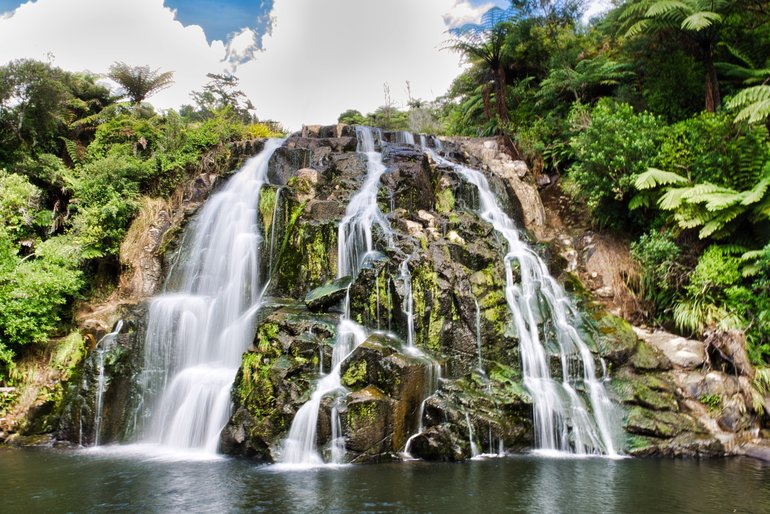
The beautiful Owharoa Falls in the Karangahake Gorge. Just because I like nature people, doesn't mean everyone else does
Just trust in yourself and try to keep to your style, not someone else's. Your work will be recognised at some point and by staying true to yourself it shows in your photos.
Instagram is a great place to start with getting ideas of what to take and where. Hashtags are of course very important is getting your work seen and if you get featured even better.
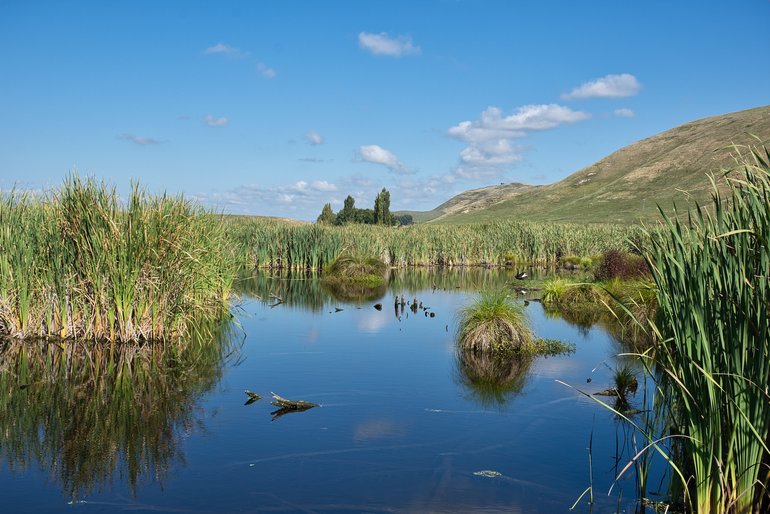
Stick to what you like to photos of. Not everyone will like it but hopefully enough will
Photographers copy from each other all the time so don't be afraid to. It's all about practice and the more shots you take the better you will be and you can view your progress on your Instagram feed.
UNDERSTAND HOW YOUR CAMERA WORKS
Another great tool in photography is all the tutorials on Youtube. You can learn so much about your camera, how aperture and shutter speed affects photos as well as composition.
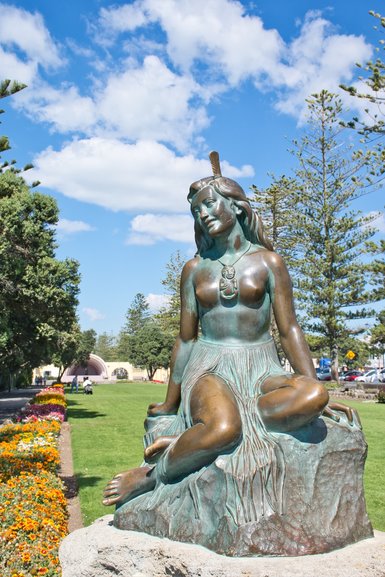
Posting good photos with captions explaining the story behind them
Find photographers that you like and follow them. Most give regular posts on how to and I find this an invaluable reference.
GET OUT OF AUTO
Learn how to use your camera especially if you have a DSLR camera. You should have more control about how your photos turn out.
You can start off with aperture priority, playing around with depth of field to get creative shots.
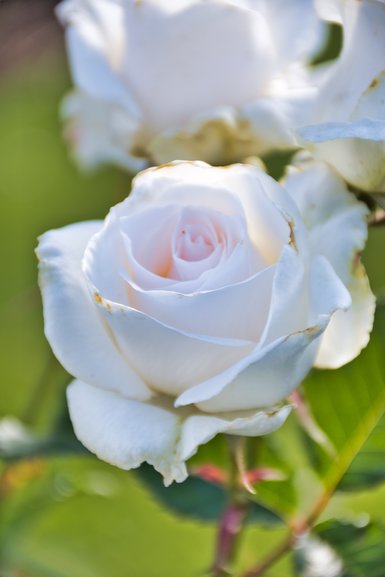
Flowers are great for showing off shallow depth
If you are able, always shoot in RAW. This gives you more control in processing as all the image data is recorded and not compressed as in the case of JPEG. You should see a difference in the end result.
PRACTICE
This one is pretty self-explanatory.
The more shots you take the better you should get. Take multiple shots from different perspectives to give you more to work with. You just might get that unique shot that no-one else has.
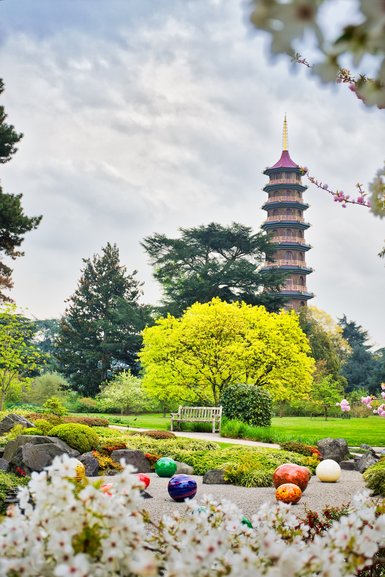
Kew Gardens is a great place to photograph. Like many people, I took a photo from in front. I found this shot incorporating a bit of blossom and the Pagoda as well as the Niijima Floats just by walking around to the side.
Through practice, you will also get an idea of a photo even before you put your eye up to the viewfinder. Look for these moments as you walk along.
INVEST IN A TRIPOD
Depending on how much it will be used a tripod is still useful to have with you. I've started taking a lot of dawn shots especially in cities and in this case, a tripod is essential.
You'll be working with low light and just holding the camera isn't enough to get that focus as sharp as possible.
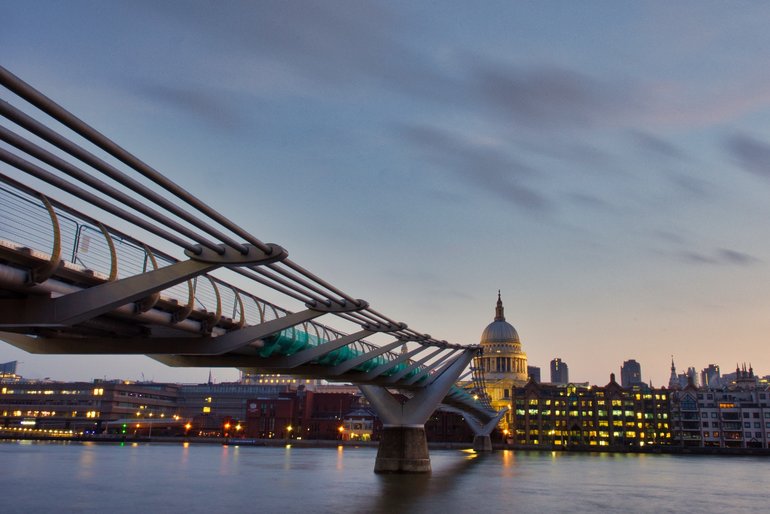
Two iconic pieces of architecture from London, the Millennium Bridge and St. Paul's Cathedral at dawn
The best times of the day are sunrise and sunset and in using a tripod and even putting the camera on a timer, you'll be more likely to get a sharp shot that you'll be happy with.
BATTERIES
If you can afford it always carry a spare battery. If you can't, keep an eye on how much battery life you have left. You don't want to be ready to take photos that you've always wanted to only to find your battery has run down.
You don't always get a second chance at getting your favourite photos.
CAMERA CARE
If you want your photos to come out well you have to take care of your gear.
Make sure that your camera is kept clean especially that the lens is free from anything that might spoil your shot.
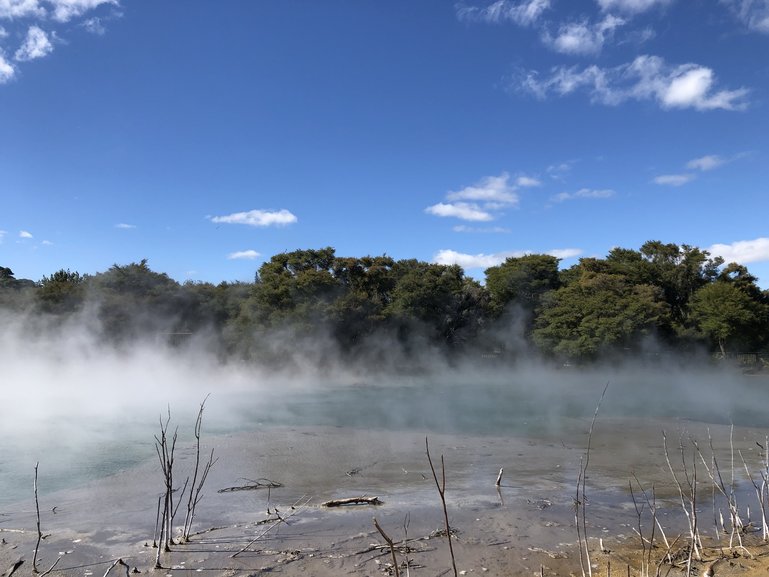
The steaming waters of Lake Kuirau in Kuirau Park
If you are changing lenses, make sure you do it as quickly as possible and nothing can get to the back of the camera such as dust and dirt.
There is nothing worse than having to erase multiple bits of dust and dirt that may ruin an otherwise perfect shot.
RULES ARE MEANT TO BE BROKEN
The Rule of Thirds is a good example of this. Most of the time the subject or focal point looks best at one of the third points in the photo.
I say most of the time because every now and then you may find through leading lines or symmetry the shot can look best when not off to one side.
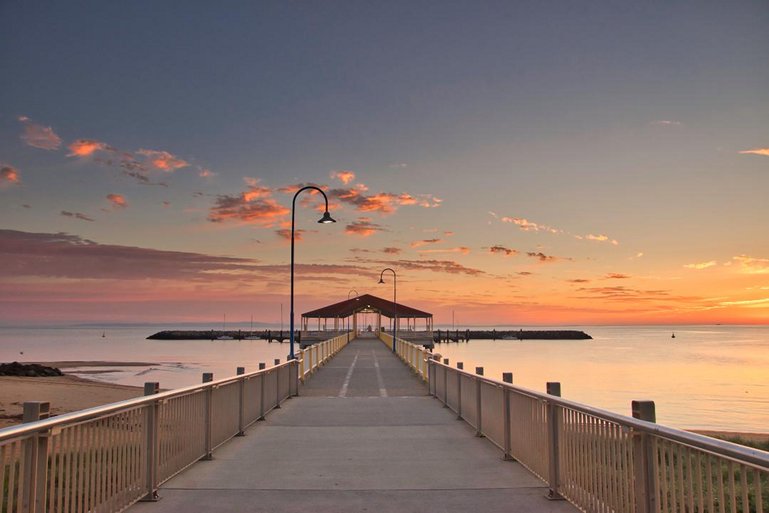
Leading lines can take your eye to the focal point
If it looks good and is well-balanced take it. It should feel good to you and is it doesn't turn out as you'd like it you can either crop it or discard or this is where taking multiple shots at different compositions comes in handy.
Another example of breaking a rule is shooting with the sun behind you. Sometimes you find the sun can be part of the photo adding to the story.
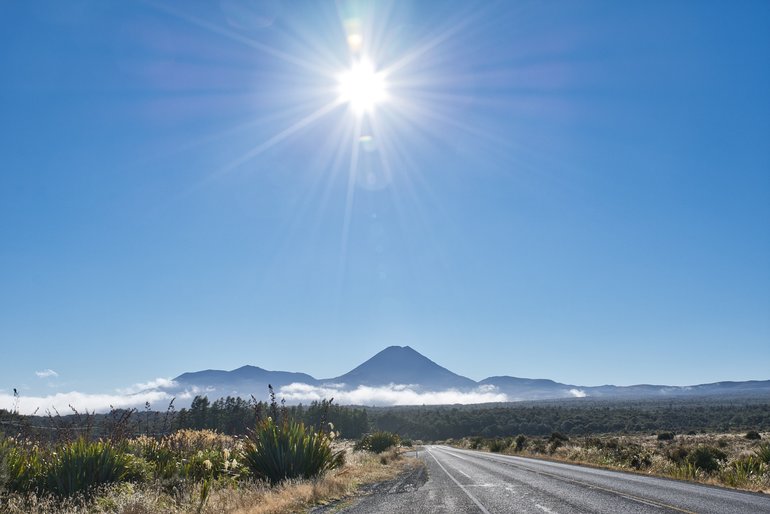
I think that the low morning sun adds to this shot especially with the cloud low on the mountains and the leading line of the road
FRAMING PHOTOS
Some of my favourite photos are framed one way or another. It may just be the way leaves are hanging off a tree or looking through a window.
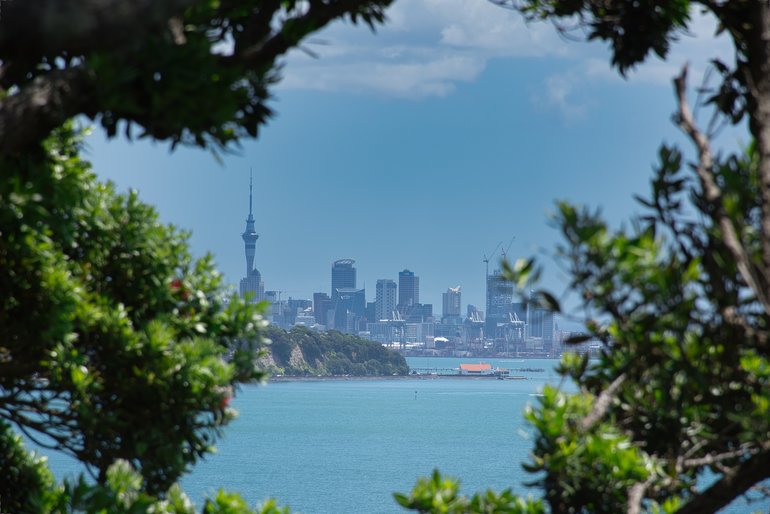
Auckland City from Achilles Point framed by the trees
This also comes into another point at looking around. You never know what you might come up with if think outside the square.
PATIENCE
This is a big one, especially when taking photos of wildlife or waiting for the right weather conditions.
Animals whether in a zoo or in the wild will do what they want when they want to. You will either have to wait for the good shot or take a quick opportunity when it arises.
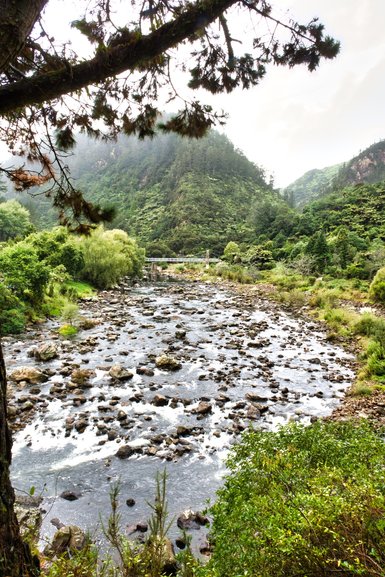
When travelling you don't always get perfect weather but that shouldn't stop you taking photos of picturesque places
Of course, you can't control the weather but you can learn to work with it. Just because it's raining doesn't mean you can't get a great shot. It's all about the light and knowing not only your gear but the area you're photographing.
LOOK AROUND
Don't just stand with everyone else taking exactly the same photo. If you walk around and look at what you want to photograph from another angle you may just end up with a photo that you're more than happy with.
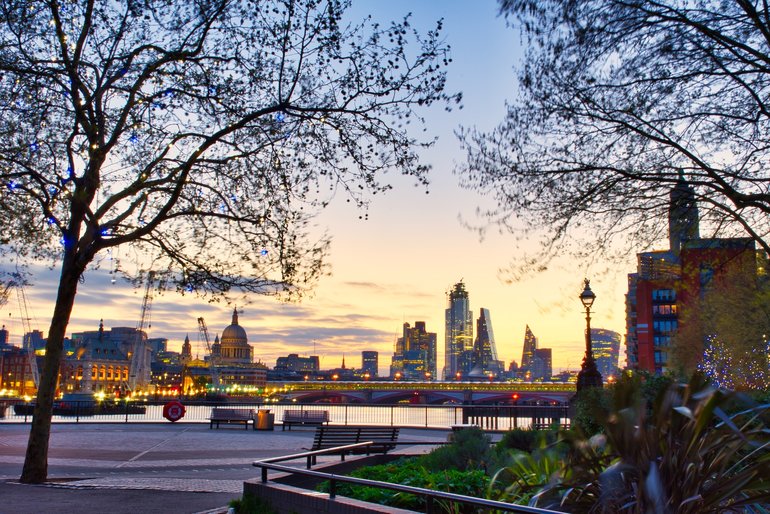
I had been walking the other way and just turned around to look at the sunrise and saw this vista
This point also goes back to doing your research, seeing what others are posting and adding your style.
TAKING PHOTOS OF WILDLIFE
Try to get animals as close to eye level as possible.
If you have ever looked at photos of animals or people, you would know that taking shot from above or below is not a good or flattering shot.
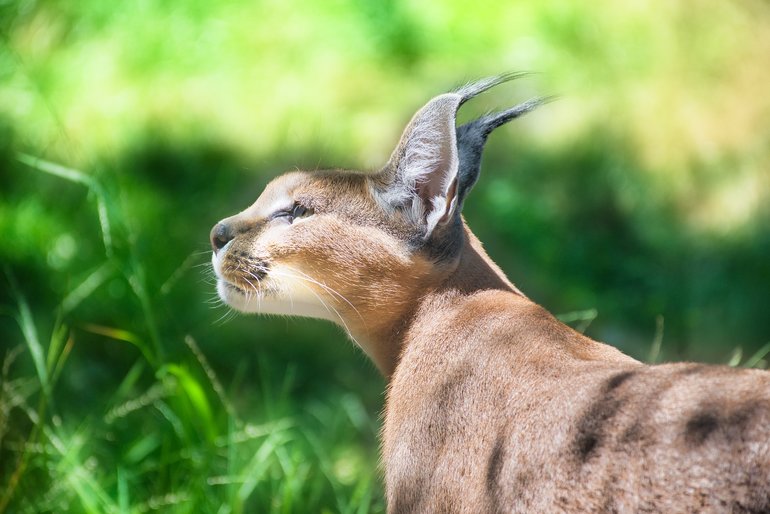
Looking straight at a subject instead of looking at the top of his head or under makes the better shot
Animal shots as well as people I feel, require you to see their eyes. You don't necessarily have to see both but seeing their eye-line seems to be good.
LOCAL CULTURES
From locals in colourful clothing going about their everyday life to buildings that are hundreds of years old still standing and in use today.
Just remember to be respectful of others and ask their permission before taking their photo.
TELL A STORY
Just because a photo is a moment in time doesn't mean it can't convey a story.
From the vantage point to take a shot or the emotions that someone is exhibiting you are the storyteller of your shot.
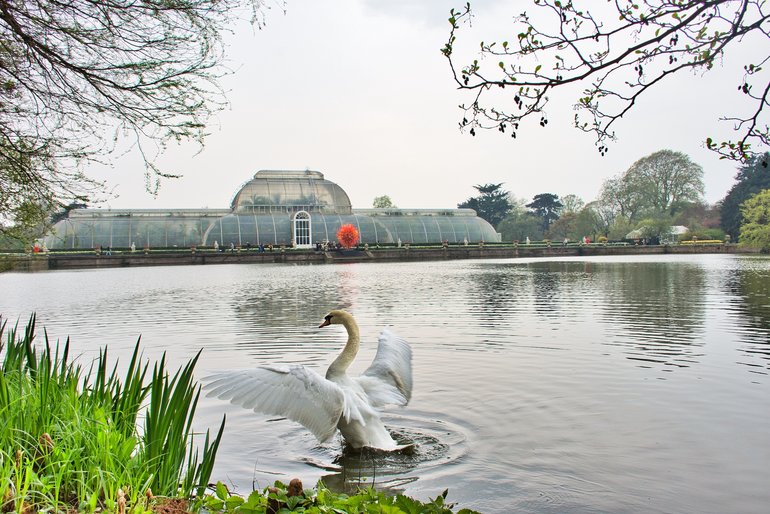
All the research and planning doesn't mean a thing when nature takes control
RESEARCH
Go the day before or early on the day to check out the vantage point. This can be important especially if you want to get a specific shot.
What's the weather like? Are there crowds? The best time of the day? These are just examples of what you should be looking out for.
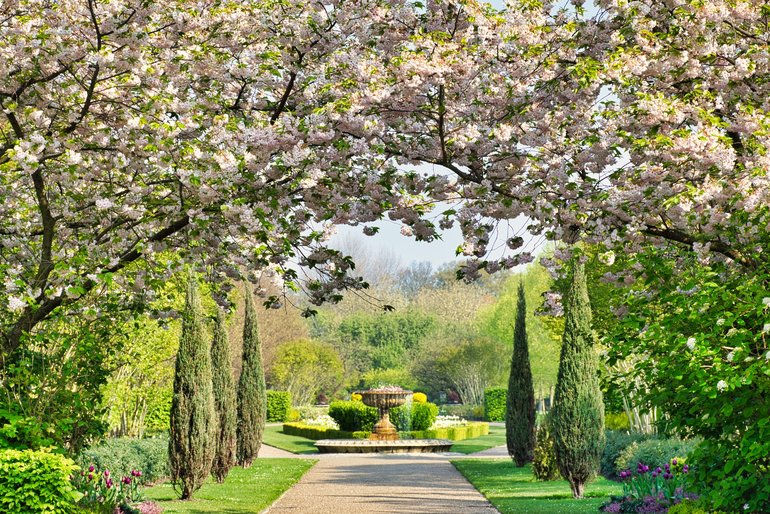
Research means being able to take photos when the light is at it's best and the crowds are at the least
Sometimes, of course, a photo just presents itself to you but looking on social media for the area you are in for ideas on where to shoot, is a good place to start.
AFTER TAKING THE PHOTO
At the end of the day, it should be time for post-processing. Choose a good photo editing software that you are comfortable with.
I use Luminar but there is also Lightroom or Photoshop. Be critical. You can only improve the image so far, you should already have a great sharp, well-exposed photo to begin with.
Once the photos are processed, save them to a hard drive. There are plenty of small ones to use when travelling and you don't want to have thousands of photos on your memory card at the end of your trip.
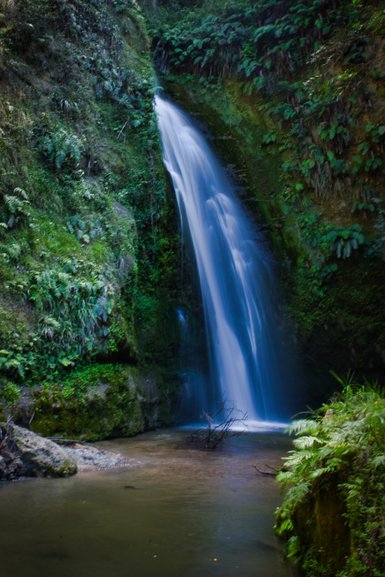
Being able to control the light and shadows brings out the best in your photography
Name and sort them so you can easily find them when you need to.
Once the photos are backed up, delete your memory card so you start over. Once again you don't want to be going through hundreds of photos to find the one you are after.
Share your best photos as soon as possible. Instagram, Flickr and other photography sites like Twenty20 and Viewbug are great sources for building up your following.
HOW TO CARRY YOUR GEAR
Find a bag that’s comfortable for you. Remember you may be carrying this all day walking around.
I like to travel as light as possible. I have a tripod and my camera with just the kit lens that came with it.
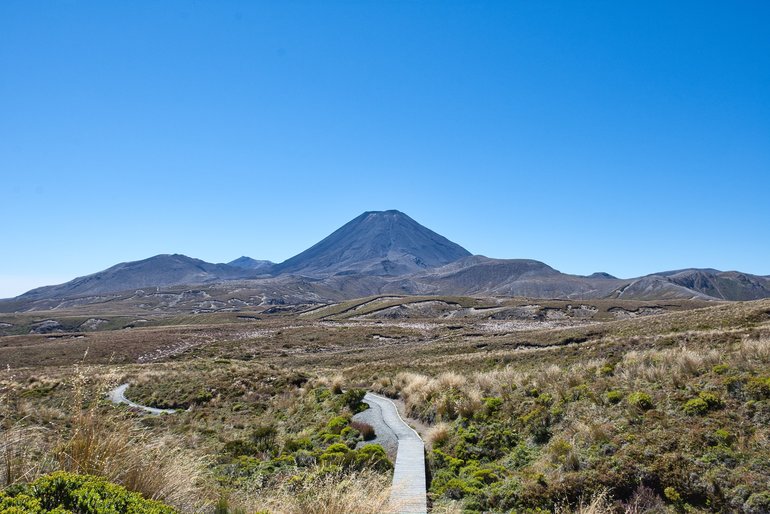
Hiking through National Parks means that you should carry the least weight possible
I don't have a special camera bag although if you have a lot of gear you might want to consider it.
I do a lot of walking and like a backpack to be as comfortable as possible. It's all about what is comfortable for you.
MAKE SURE YOU HAVE TRAVEL INSURANCE
Accidents happen and if that accident happens to your camera, you're not going to be happy.
With having the back up of good travel insurance behind you, it doesn't have to be long before your taking photos again.
TRUST YOUR GUT
Above all else trust your gut. If you're like me, you'll know instinctively when you've taken a great photo. Unfortunately, it doesn't happen that often. There is only so much you can see on the back of the camera, so if in doubt, take a couple more shots. All it costs is a peace of mind that you should have at least one good shot.
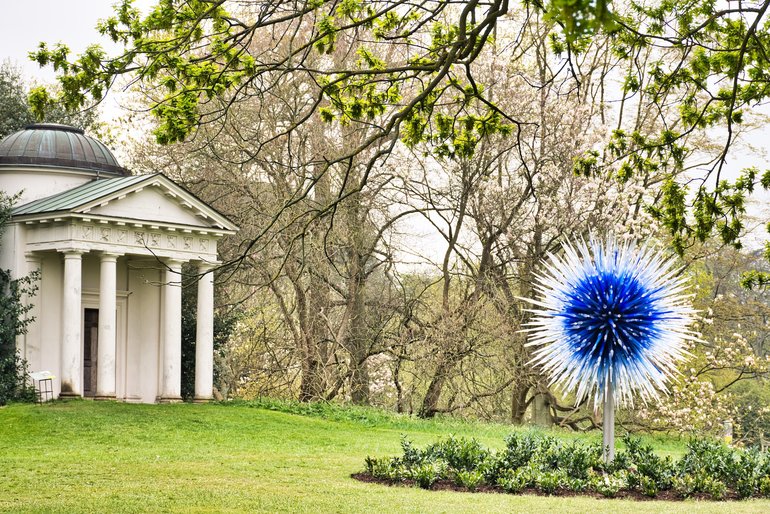
Trust that what you see through the viewfinder will turn out to be a well composed photo
TAKE TIME TO SMELL THE FLOWERS
It's also true of photography that we should slow down, look around and be mindful. It's great getting home and showing friends and family a shot but if you didn't pay that much attention to the surroundings to remember what else was going on it will get quiet pretty quickly.
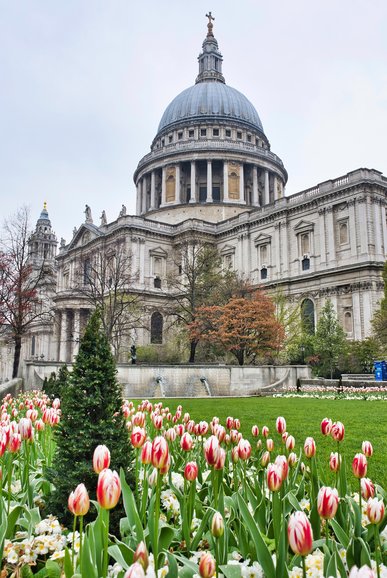
Taking the time to walk around a site gives you time to see all that is around and compose the best shot
Walk around first and see everything. Maybe there is something you can't capture but are able to tell the story of when you look at the shot.
Nature is not in a big a rush as you are.
I hope these tips will help you take better photos. Remember less is more in photography as well and all you need is one good shot.



















